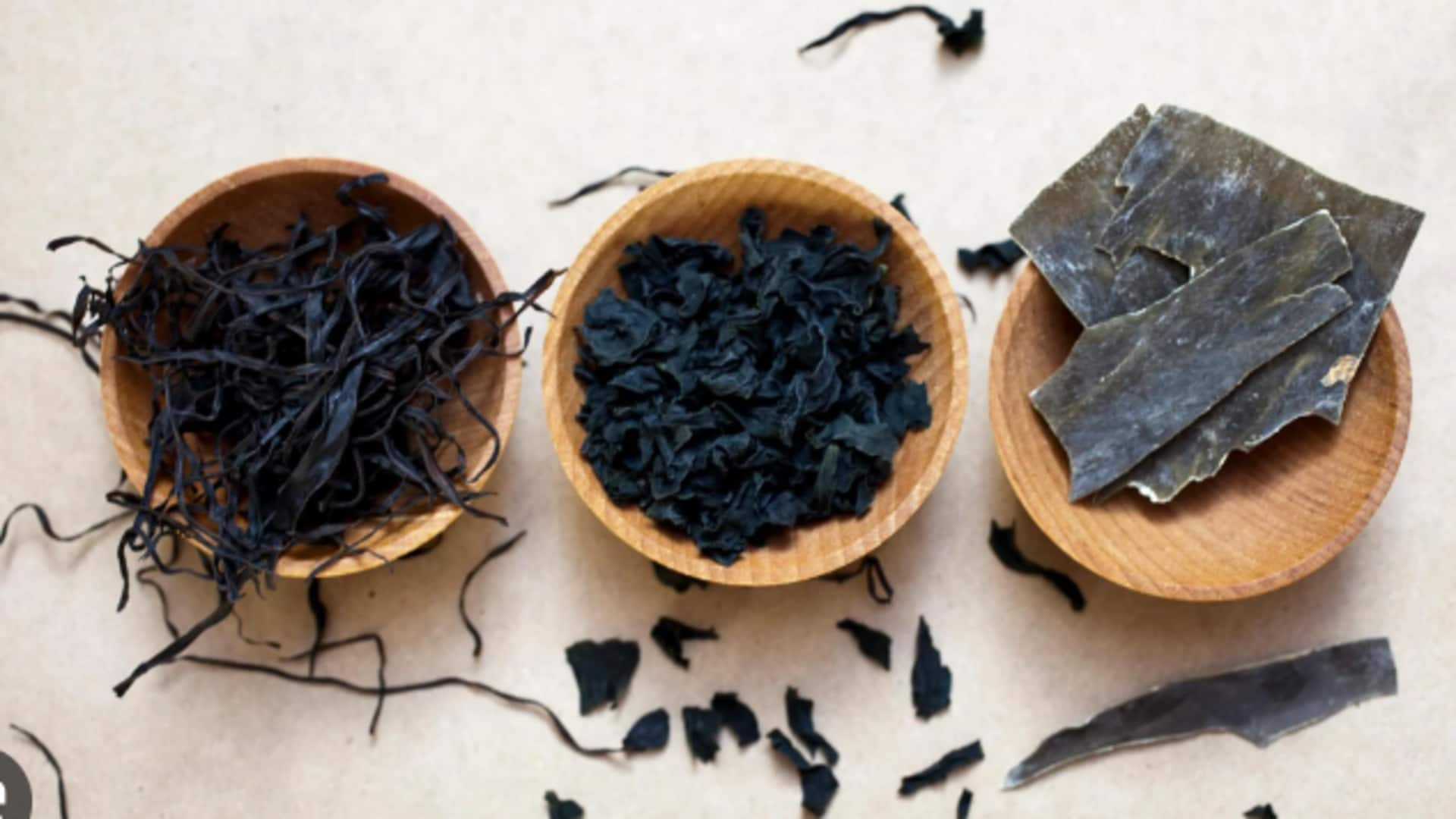
Essential ingredients for Japanese dashi
What's the story
Dashi is the cornerstone of many Japanese dishes, offering a savory depth known as umami. This traditional broth is both simple and complex, relying on specific ingredients for its unique flavor. For anyone keen on diving into authentic Japanese cuisine, understanding the essential components of dashi is vital. These ingredients form a broth with a rich umami profile, indispensable in numerous recipes.
Kombu
Kombu: The umami foundation
Kombu, a type of kelp, is indispensable in creating dashi's umami profile. It's rich in glutamic acid, a natural source of umami. For best results, a piece of dried kombu around 10 cm in length is gently simmered in water before being removed just as the water reaches boiling point. This careful process extracts maximum flavor without introducing bitterness.
Bonito
Bonito flakes: The flavor enhancer
Bonito flakes, or katsuobushi, are made from dried and smoked skipjack tuna that's been shaved into thin flakes. These flakes are added to the kombu-infused water after removing the kombu and then strained out after a few minutes to avoid overpowering the broth. The combination of kombu and bonito flakes creates a richly flavored yet clear broth.
Shiitake
Shiitake mushrooms: Depth and complexity
Dried shiitake mushrooms serve as a versatile component in dashi, either accompanying or replacing bonito flakes. Their popularity soars in vegetarian versions of the broth. When these mushrooms are soaked in water overnight or simmered gently, they release an earthy flavor. This flavor beautifully complements the umami essence provided by kombu, enriching the broth's depth and complexity without overwhelming it.
Iriko/niboshi
Iriko or niboshi: An anchovy alternative
Iriko or niboshi, small dried sardines, present an alternative umami source and depth for dashi, particularly where bonito flakes are scarce. Before use, they are typically cleaned, with heads and entrails removed. These can then be simmered alongside kombu to craft a broth with a distinctive flavor profile, offering a unique twist to traditional dashi recipes.
Seasoning
Seasoning: Salt and soy sauce adjustments
While not a component of dashi itself, mastering the art of seasoning dashi-based dishes is essential. Commonly, salt and soy sauce are utilized, yet they must be incorporated with restraint. This approach ensures the broth's intricate flavor balance remains intact. The ultimate aim is to subtly elevate the broth's inherent umami qualities without masking them, maintaining the harmony of flavors.